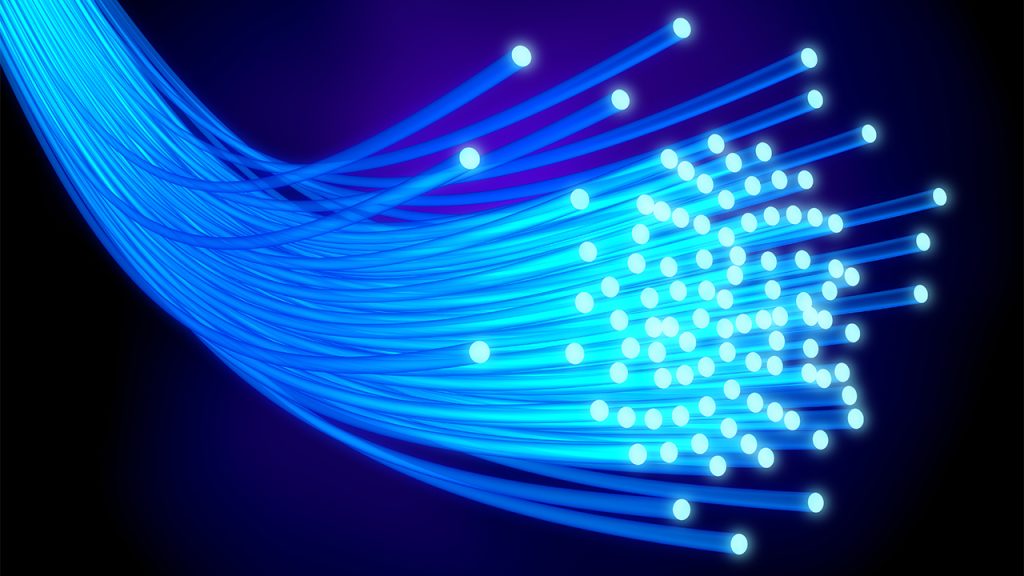Advancing Quantum Communication with New Fiber Technology
Physicists at the University of Bath in the United Kingdom have engineered a new generation of specialized optical fibers designed to meet the data transmission challenges anticipated in the quantum computing era. This breakthrough is poised to catalyze the expansion of large-scale quantum networks. The team’s research is featured in the latest issue of “Applied Physics Letters – Quantum.”
The Promise of Quantum Technologies
Quantum technology harbors the promise of unprecedented computational power for tackling intricate logical problems, pioneering new medications, and fortifying communications with impregnable encryption techniques. However, the present global wired networks, owing to the solid core of their fiber optics, are ill-suited for the imminent quantum communications landscape.

The transmission wavelengths in traditional fibers, dictated by quartz glass’s attenuation, are incompatible with the operational wavelengths of single-photon sources, quantum bits, and active optical components demanded by photonic quantum technologies. Consequently, researchers are faced with the necessity to devise compatible support apparatus to ensure their functionality within future quantum networks.
Innovations for Quantum Internet Challenges
Faced with the intricate challenges of a quantum internet, researchers from the University of Bath scrutinized the photonics realm, proposing a suite of solutions for a robust, expansible quantum network, including fibers suited for extensive communication and those that facilitate quantum repeaters. The newly crafted specialty fibers, distinct from standard telecommunications fibers, feature a microstructured core composed of complex patterns of air voids extending along the entire length of the fiber. These patterns empower manipulation of the optical characteristics within the fiber, facilitating the creation of entangled photon pairs, altering the color of photons, or even capturing single atoms within the confines of the fiber.

The research team elucidates that specialized fibers, serving as entangled single-photon sources, quantum wavelength converters, low-loss switches, or containers for quantum memory, can perform quantum computation at the nodes themselves. Moreover, these specialty fibers can be directly integrated into existing networks, significantly enhancing operational distances.
Foundations for Quantum Computing and Cryptography
These novel fibers with the capacity to generate a diverse array of exotic quantum light states, pave the way for applications in quantum computing, precision sensing, and encryption. It lays the groundwork for the future of scalable quantum computer applications, heralding a bold era for quantum-enabled infrastructures.


















































Discussion about this post